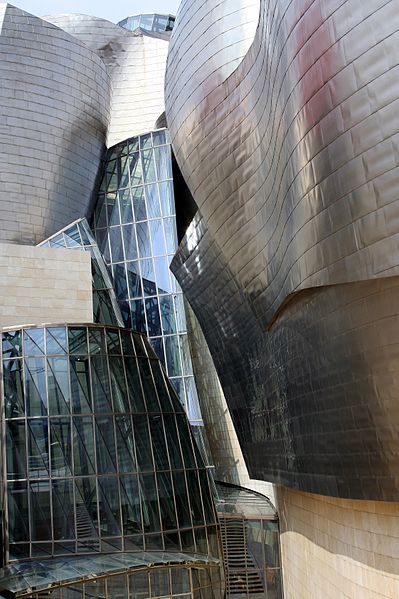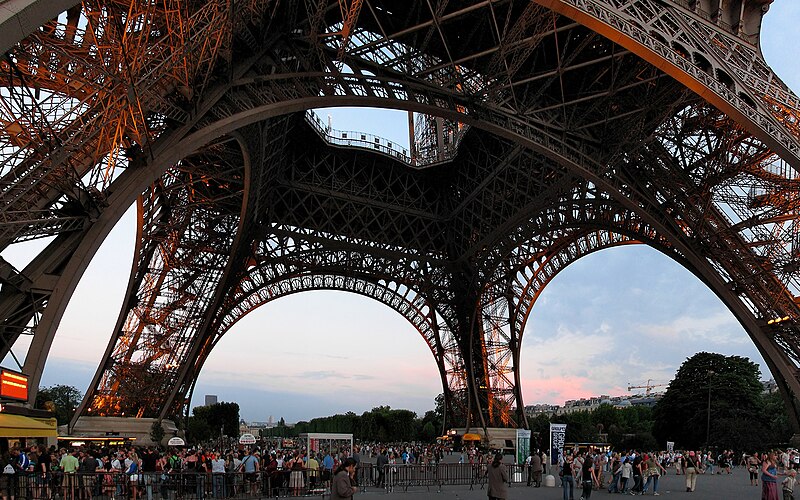-the importance of the design and construction
Design and construction,the importance of incorporating sustainability into buildings is now an accepted fact. What is still required is to ensure that participants in the building process understand their role in managing sustainability. This requires that:
- Industry produces the highest quality products,
- Architects create innovative and sustainable buildings,
- Contractors work to established codes of practice.

A weak link anywhere in this partnership can undermine the effectiveness of any sustainable strategy. That is why our industry is communicating with architects, builders, tilers and bricklayers to ensure that the development of innovative techniques and clay products is suited to the needs of the construction industry.
By examining the context of European building and by understanding and accepting its various regional differences, the European clay brick and tile industry is creating products of technical excellence that can lead to sustainable architecture.
More than ever, sustainability remains our driving principle.
-significance of the materials
Materials science is an interdisciplinary field applying the properties of matter to various areas of science and engineering. This scientific field investigates the relationship between the structure of materials at atomic or molecular scales and their macroscopic properties. It incorporates elements of applied physics and chemistry. With significant media attention focused on nanoscience and nanotechnology in recent years, materials science has been propelled to the forefront at many universities. It is also an important part of forensic engineering and failure analysis. Materials science also deals with fundamental properties and characteristics of materials.The materials are significant, the materials can change the feelings that the building give us., also can change the function of the building.
-significance of the designer
A designer may be defined as knowledgeable who’s trained to enhance the performance and usage of interior spaces of any property.He is educated, experienced and has the requisite skills to switch and produce about structural modifications to enhance the beauty and usage of the interiors of any place.He has a lot of obligations that should be implemented to be able to give an entire look to the interiors.
-function for which each was built
The Guggenheim Museum Bilbao is a museum of modern and contemporary art designed by Canadian-American architect Frank Gehry, built by Ferrovial, and located in Bilbao, Basque Country, Spain. It is built alongside the Nervion River, which runs through the city of Bilbao to the Atlantic Coast. The Guggenheim is one of several museums belonging to the Solomon R. Guggenheim Foundation. The museum features permanent and visiting exhibits of works by Spanish and international artists.One of the most admired works of contemporary architecture, the building has been hailed as a "single moment in the architectural culture" because it represents "one of those rare moments when critics, academics, and the general public were all completely united about something." The museum was the building most frequently named as one of the most important works completed since 1980 in the 2010 World Architecture Survey among architecture experts.

The building was constructed on time and budget, which is rare for architecture of this type. In an interview in Harvard Design Magazine Gehry explained how he did it. First, he ensured that what he calls the "organization of the artist" prevailed during construction, in order to prevent political and business interests from interfering with the design. Second, he made sure he had a detailed and realistic cost estimate before proceeding. Third, he used CATIA and close collaboration with the individual building trades to control costs during construction.
Guggenheim Museum, Bilbao (1997) Frank Gehry
The Eiffel Tower is a puddle iron lattice tower located on the Champ de Mars in Paris. Built in 1889, it has become both a global icon of France and one of the most recognizable structures in the world. The tower is the tallest building in Paris[10] and the most-visited paid monument in the world; millions of people ascend it every year. Named for its designer, engineer Gustavo Eiffel, the tower was built as the entrance arch to the 1889 World's Fair.The tower has become the most prominent symbol of both Paris and France, often in the establishing shot of films set in the city.
The pig iron structure of the Eiffel Tower weighs 7,300 tonnes while the entire structure, including non-metal components, is approximately 10,000 tonnes. As a demonstration of the economy of design, if the 7,300 tonnes of the metal structure were melted down it would fill the 125 metre square base to a depth of only 6 cm (2.36 in), assuming the density of the metal to be 7.8 tonnes per cubic metre. Depending on the ambient temperature, the top of the tower may shift away from the sun by up to 18 cm (7.1 in) because of thermal expansion of the metal on the side facing the sun.
http://www.tbe-euro.com/en/clc-erection/default.asp
http://en.wikipedia.org/wiki/Materials_science
http://www.narticle.com/significance-of-an-interior-designer/
